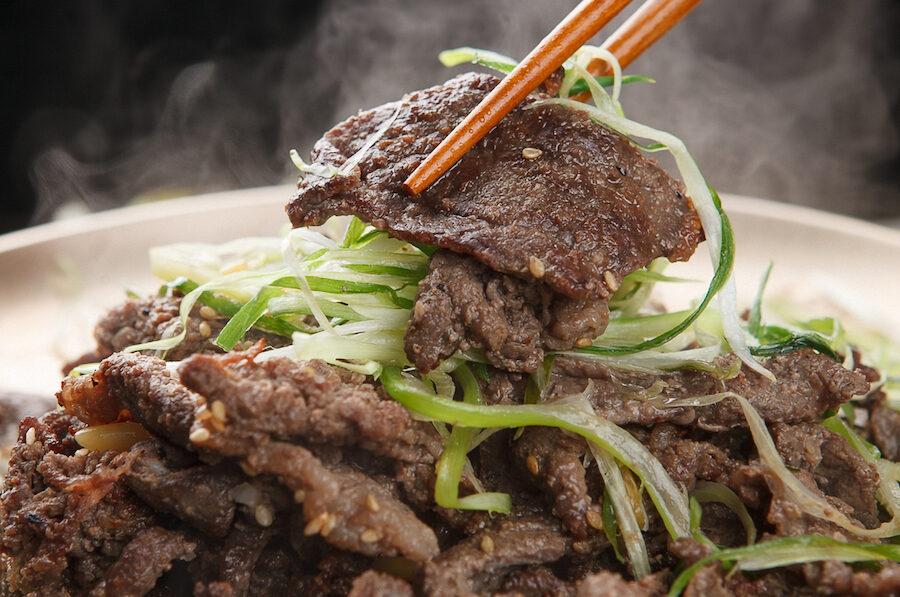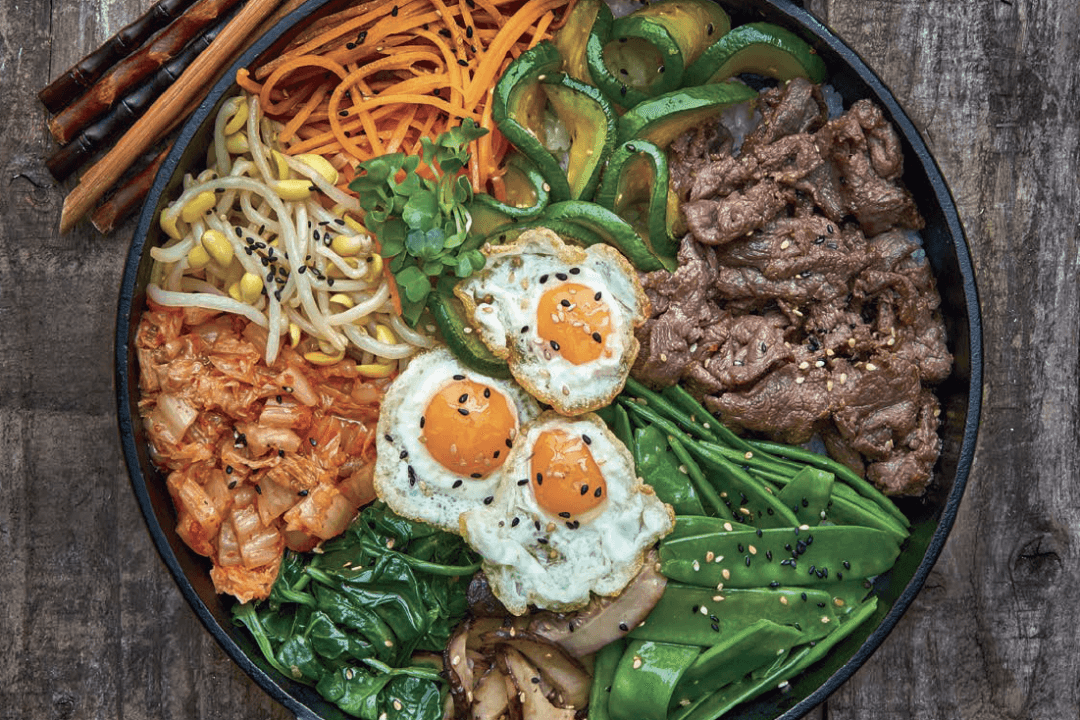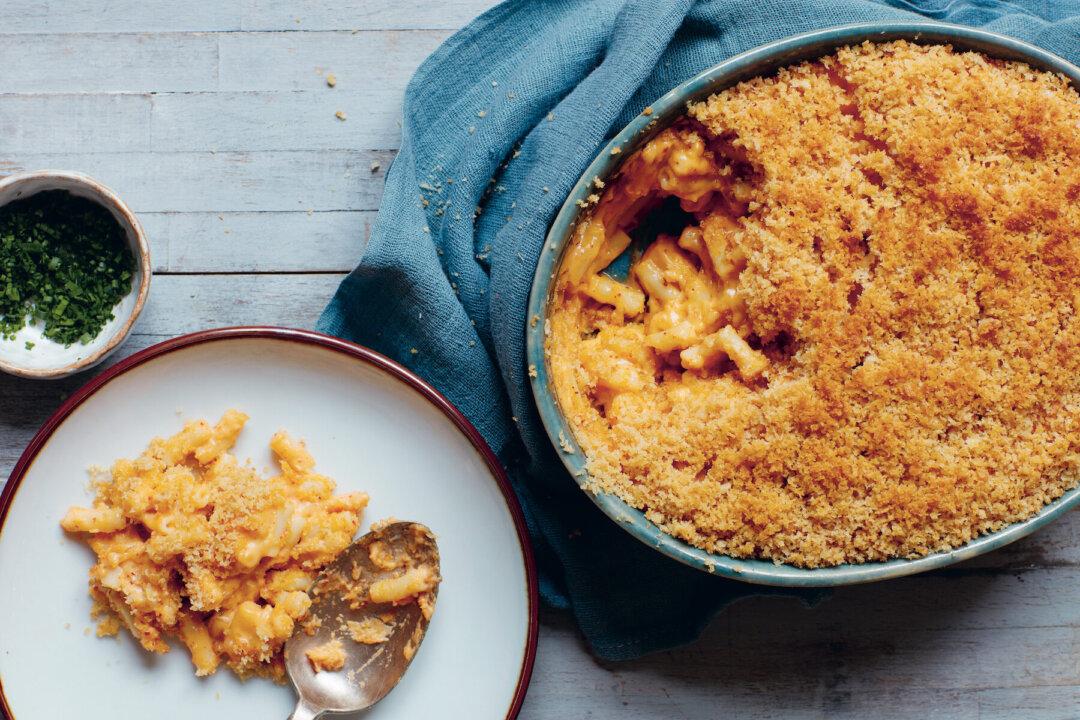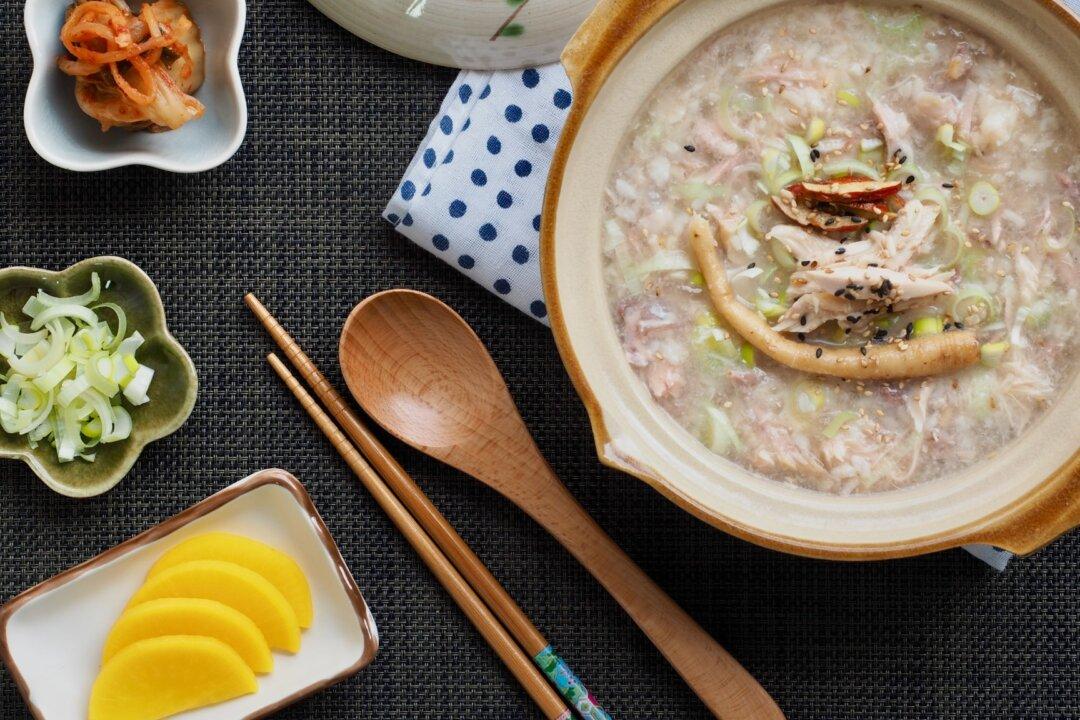Bulgogi, which literally translates to “fire meat,” is one of Korea’s most famous barbecue dishes. Every family has their own cherished bespoke recipe, and every Korean has many fond memories of eating this much-loved chargrilled dish.
“Bulgogi is so specific to Korean culture,” said Edward Lee, Korean American chef of Succotash in Washington. “It is not steak, and it is not ground meat. There is a very specific thinness of the meat that only a Korean butcher can achieve. It is actually a very complicated dish, and when done right, it is so juicy and mouthwatering. It rivals any meat dish in the world.”





